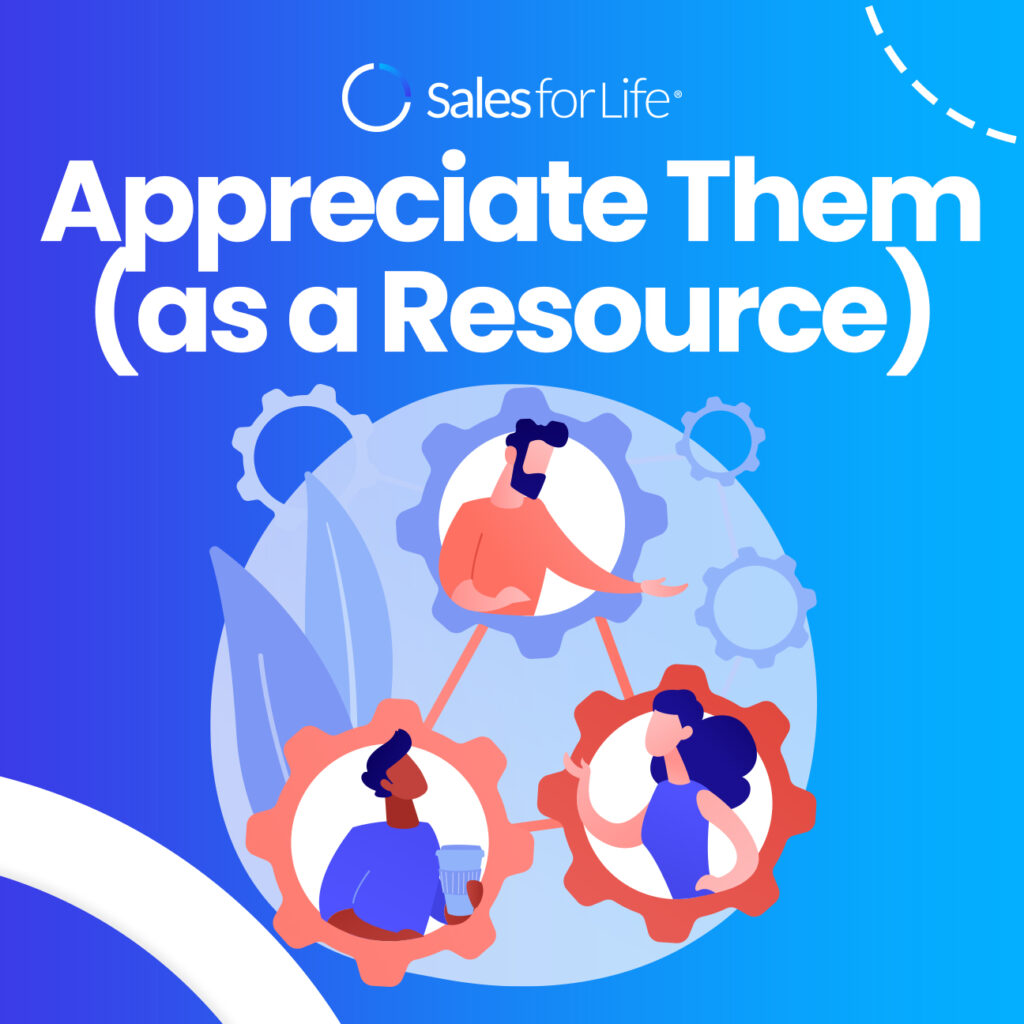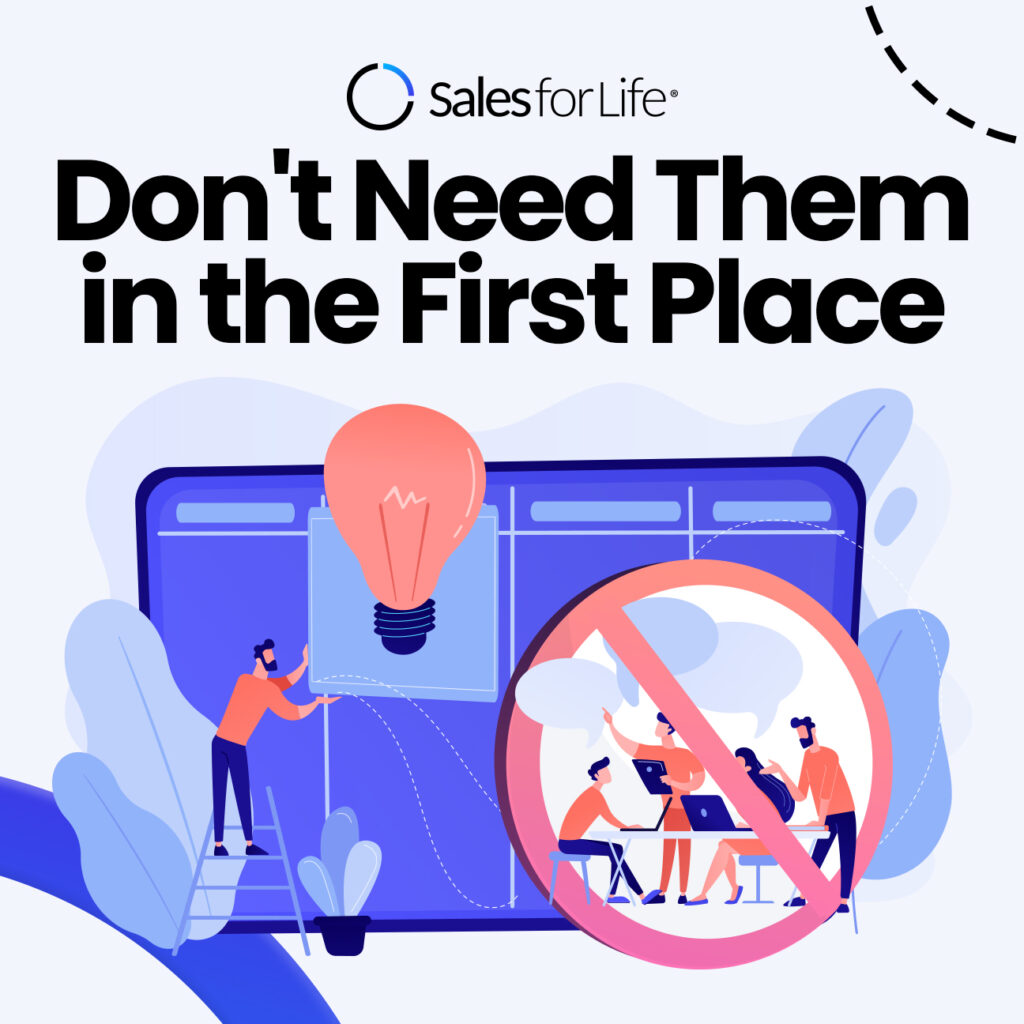If you’re in B2B sales, you’ve probably battled a gatekeeper. They can make or break your sale. This is especially true of B2B mid-market sales. Gatekeepers hold the keys to the kingdom. If they don’t see an opportunity, they can ensure no one else sees it either. That’s why we call them gatekeepers.
Without a doubt, B2Bs hate gatekeepers. They frustrate salespeople and hurt business relationships. The real trick is finding ways to overcome these obstacles. If you’re interested in selling to B2B companies in the future, it’s essential to know how to get around gatekeepers.
4 Ways to Get Past the Gatekeeper
You can’t just pick up the phone and call to accomplish this. Gatekeepers live to prevent salespeople from getting through. Here are four ways to bounce over, under, and around gatekeepers to reach prospects you otherwise couldn’t.
Whether a receptionist or an account manager, a gatekeeper is designed to keep you out. They’re tasked with filtering visitors, calls, and emails from prospects and determining if the person you want to reach will be willing to listen to what you have to say.

#1: R.E.S.P.E.C.T.
A gatekeeper has control over whether or not you can speak with your prospect, but they don’t have to be the end-all-be-all of decision-makers. Most gatekeepers are just doing their job—managing their boss’s schedule and ensuring they don’t get interrupted by unnecessary people.
You can win over gatekeepers by showing them that you value them as an essential part of the process and that you’re not just trying to get past them so you can sell something. You need to have a sense of empathy for their role in the company and understand how much they must be juggling on any given day. That way, when they say no, it won’t feel like a rejection from someone who doesn’t want to hear from you at all—it’ll feel like a rejection from someone who does want to help but just doesn’t have time right now!
#2: Make It Personal.
1. Handwrite a note.
If your prospect is someone who cares about personal touches, this can be an excellent way to break through their defenses.
2. Make an appointment in person.
If you’re able to arrange an in-person meeting, do so! It’ll help show that you’re serious about wanting to have a conversation with them, which can go a long way toward getting past their defenses (and gatekeepers).
3. Send swag!
If your prospect is the type who responds well to gifts or small tokens of appreciation, send them some marketing swag as soon as possible after making contact with their gatekeeper—it’ll help show that you’re serious about wanting them as an account

#3: Changing Your Perspective.
Every gatekeeper is a resource. Each of them has access to valuable information. They know where your prospect is, their schedule, phone number, and much more.
You must view each gatekeeper as a resource rather than an obstacle. Viewing each gatekeeper as an obstacle can lead to some frustration if you’re not careful. Asking for the name of someone’s assistant can be an excellent way to get around this problem and make sure you have the right person on the line when you call back.
You should also try to be polite and respectful when dealing with gatekeepers. Remember that they are people too and may be working in an uncomfortable situation themselves (for example, fielding calls from angry customers). Don’t take it out on them just because they’re not letting you through!
If you’re having trouble getting through to someone by phone, try sending them an email instead or following up later in the day when their schedule might be less busy.

#4: Bypass the Gatekeeper.
If you have a sales team, they probably spend most of their time on the phone and emailing leads. They may be spending more time doing this than they are selling.
You should be if you’re not using a CRM (customer relationship management) system to track your contacts. But even with a CRM, there are still plenty of people who aren’t using it as effectively as they could be.
Gatekeepers will always exist in some form or another — whether it’s a secretary or someone else who answers the phone or screens your emails — so it’s vital for you to find ways around them if you want to get through to decision-makers
The most effective way to bypass gatekeepers is to invest in sales data. Partner with a B2B data provider, such as Pipeline Signals, to secure your most important prospects’ direct dials and email addresses.
Once you have these contacts, send them an introductory email explaining who you are and why you’re reaching out. If they respond, it’s time to start building rapport and working on establishing a relationship over time.
Another approach is to research your prospective company and find out what their employees are talking about online. Look for groups or communities where they participate and join those groups yourself. This will allow you to engage with them online in a more organic way than sending an email cold call — which could see it as spammy or intrusive (and therefore not read).









